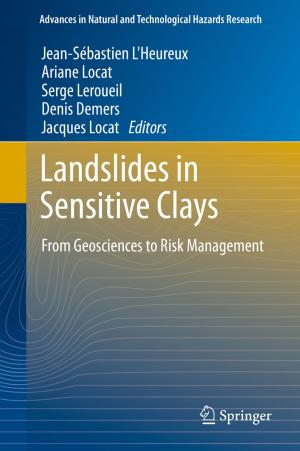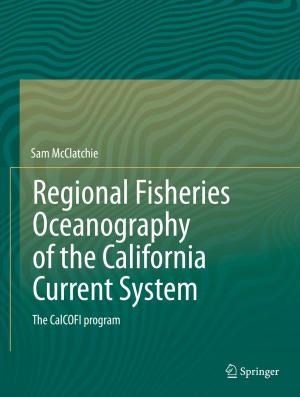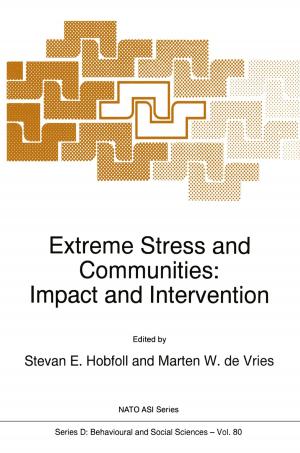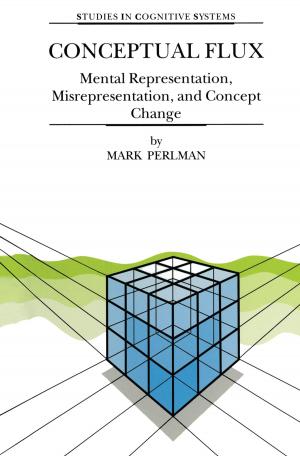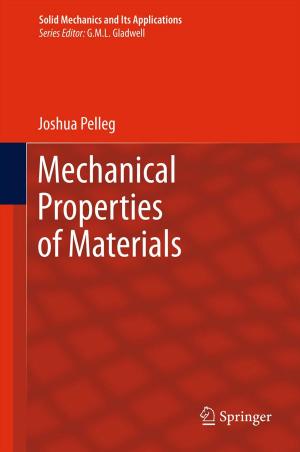Computational Methods in Earthquake Engineering
Nonfiction, Science & Nature, Technology, Engineering, Mechanical, Computers, Advanced Computing, Artificial Intelligence| Author: | ISBN: | 9789400700536 | |
| Publisher: | Springer Netherlands | Publication: | December 6, 2010 |
| Imprint: | Springer | Language: | English |
| Author: | |
| ISBN: | 9789400700536 |
| Publisher: | Springer Netherlands |
| Publication: | December 6, 2010 |
| Imprint: | Springer |
| Language: | English |
This book provides an insight in advanced methods and concepts for structural analysis and design against seismic loading. The book consists of 25 chapters dealing with a wide range of timely issues in contemporary Earthquake Engineering. In brief, the topics covered are: collapse assessment, record selection, effect of soil conditions, problems in seismic design, protection of monuments, earth dam structures and liquid containers, numerical methods, lifetime assessment, post-earthquake measures.
A common ground of understanding is provided between the communities of Earth Sciences and Computational Mechanics towards mitigating seismic risk. The topic is of great social and scientific interest, due to the large number of scientists and practicing engineers currently working in the field and due to the great social and economic consequences of earthquakes.
This book provides an insight in advanced methods and concepts for structural analysis and design against seismic loading. The book consists of 25 chapters dealing with a wide range of timely issues in contemporary Earthquake Engineering. In brief, the topics covered are: collapse assessment, record selection, effect of soil conditions, problems in seismic design, protection of monuments, earth dam structures and liquid containers, numerical methods, lifetime assessment, post-earthquake measures.
A common ground of understanding is provided between the communities of Earth Sciences and Computational Mechanics towards mitigating seismic risk. The topic is of great social and scientific interest, due to the large number of scientists and practicing engineers currently working in the field and due to the great social and economic consequences of earthquakes.


